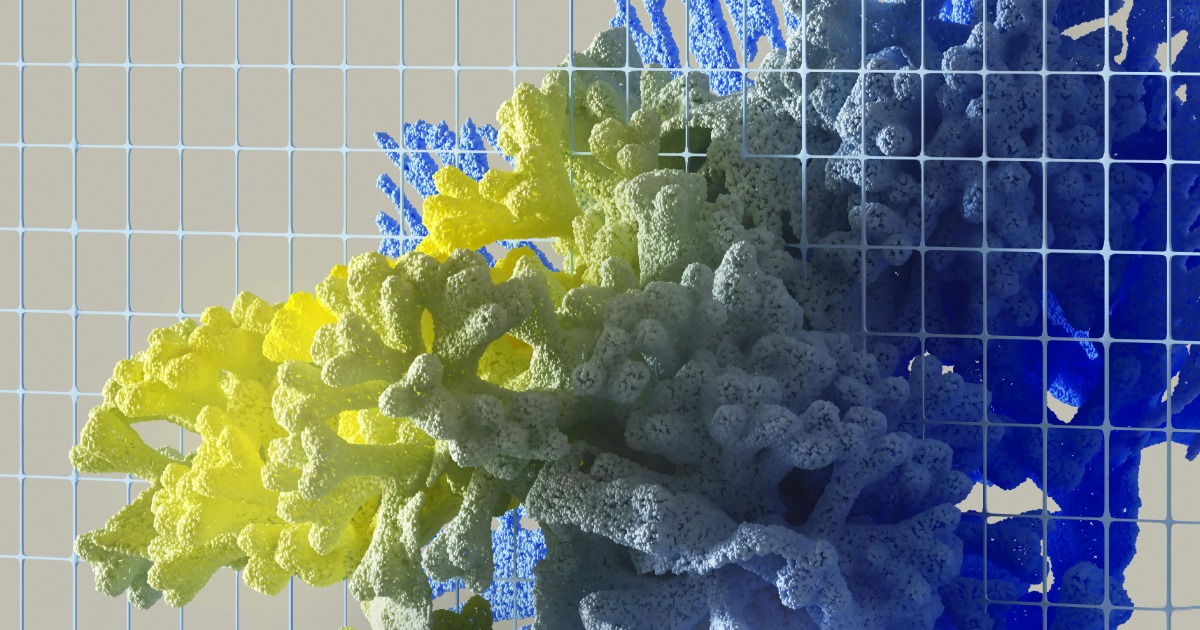Additive Manufacturing and Machining Technologies for Engineering Materials
A special issue of Applied Sciences (ISSN 2076-3417). This special issue belongs to the section "Materials Science and Engineering".
Deadline for manuscript submissions: 20 January 2026 | Viewed by 5176

Special Issue Editor
Interests: additive manufacturing; advanced materials; energy conversion; materials chemistry
Special Issue Information
Dear Colleagues,
The development of new materials with remarkable properties has led to the enhancement of traditional machining technologies. Moreover, changing market dynamics have shifted the focus from mass production to customized mass production, and from the product to the end consumer. As a result, the optimization of production is becoming increasingly fundamental. Additive manufacturing is rapidly emerging as a key element for manufacturing companies in this evolving landscape. Advances in hybrid machining processes are on the rise, combining the benefits of both methods—the efficiency of traditional machining and the precision of modern techniques—enabling applications in aerospace, biomedical, and automotive industries. Additionally, future research is expected to focus on AI-driven process control, novel composite materials, and further integration of Industry 4.0 technologies.
This Special Issue aims to address the current trends and research gaps regarding novel materials, emerging technologies, advanced applications, and innovations in process and post-processing for additive manufacturing.
Dr. Pierpaolo Iovane
Guest Editor
Manuscript Submission Information
Manuscripts should be submitted online at www.mdpi.com by registering and logging in to this website. Once you are registered, click here to go to the submission form. Manuscripts can be submitted until the deadline. All submissions that pass pre-check are peer-reviewed. Accepted papers will be published continuously in the journal (as soon as accepted) and will be listed together on the special issue website. Research articles, review articles as well as short communications are invited. For planned papers, a title and short abstract (about 250 words) can be sent to the Editorial Office for assessment.
Submitted manuscripts should not have been published previously, nor be under consideration for publication elsewhere (except conference proceedings papers). All manuscripts are thoroughly refereed through a single-blind peer-review process. A guide for authors and other relevant information for submission of manuscripts is available on the Instructions for Authors page. Applied Sciences is an international peer-reviewed open access semimonthly journal published by MDPI.
Please visit the Instructions for Authors page before submitting a manuscript. The Article Processing Charge (APC) for publication in this open access journal is 2400 CHF (Swiss Francs). Submitted papers should be well formatted and use good English. Authors may use MDPI's English editing service prior to publication or during author revisions.
Keywords
- additive manufacturing
- engineering materials
- 3D printing
- process optimization
Benefits of Publishing in a Special Issue
- Ease of navigation: Grouping papers by topic helps scholars navigate broad scope journals more efficiently.
- Greater discoverability: Special Issues support the reach and impact of scientific research. Articles in Special Issues are more discoverable and cited more frequently.
- Expansion of research network: Special Issues facilitate connections among authors, fostering scientific collaborations.
- External promotion: Articles in Special Issues are often promoted through the journal's social media, increasing their visibility.
- Reprint: MDPI Books provides the opportunity to republish successful Special Issues in book format, both online and in print.
Further information on MDPI's Special Issue policies can be found here.





